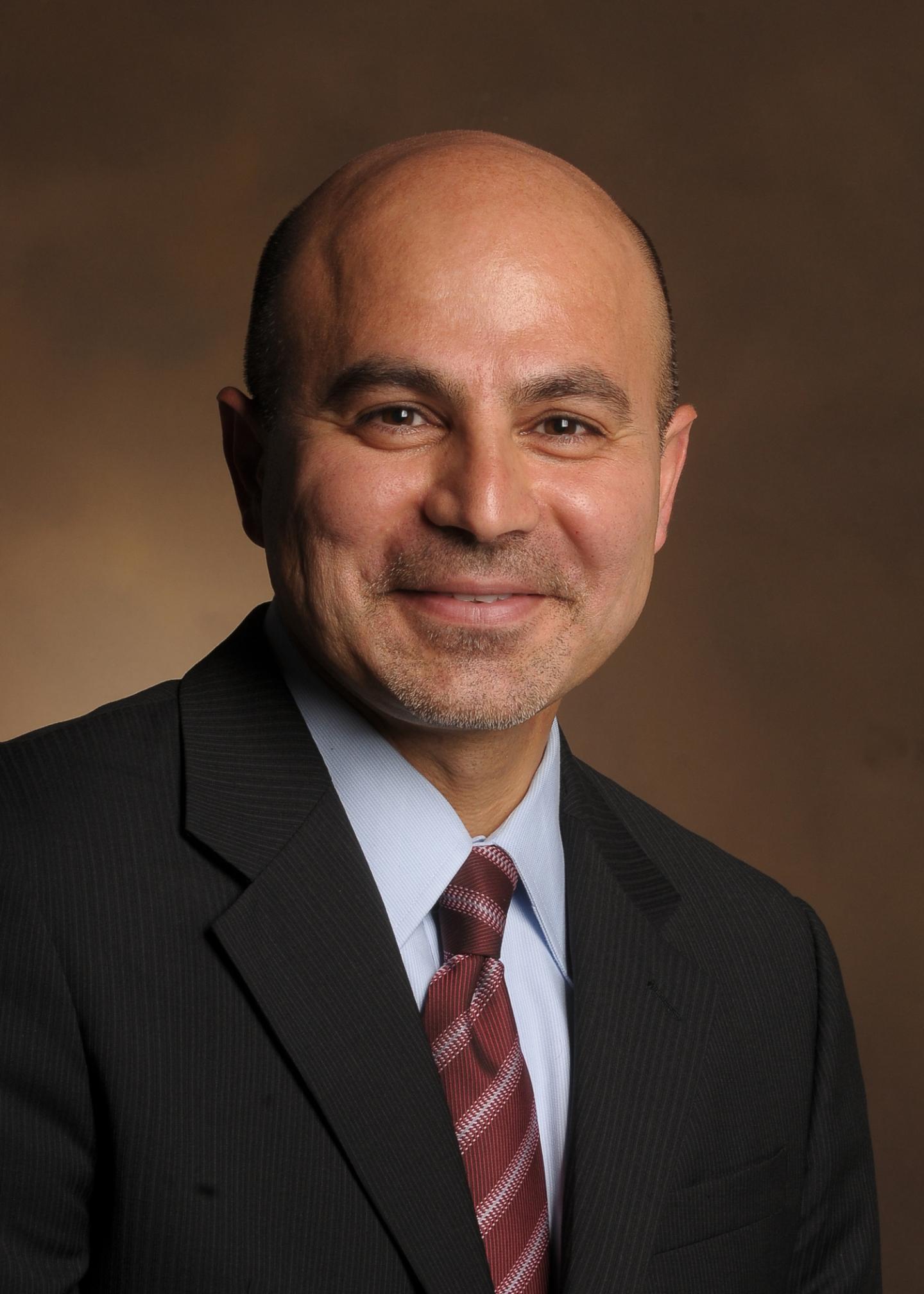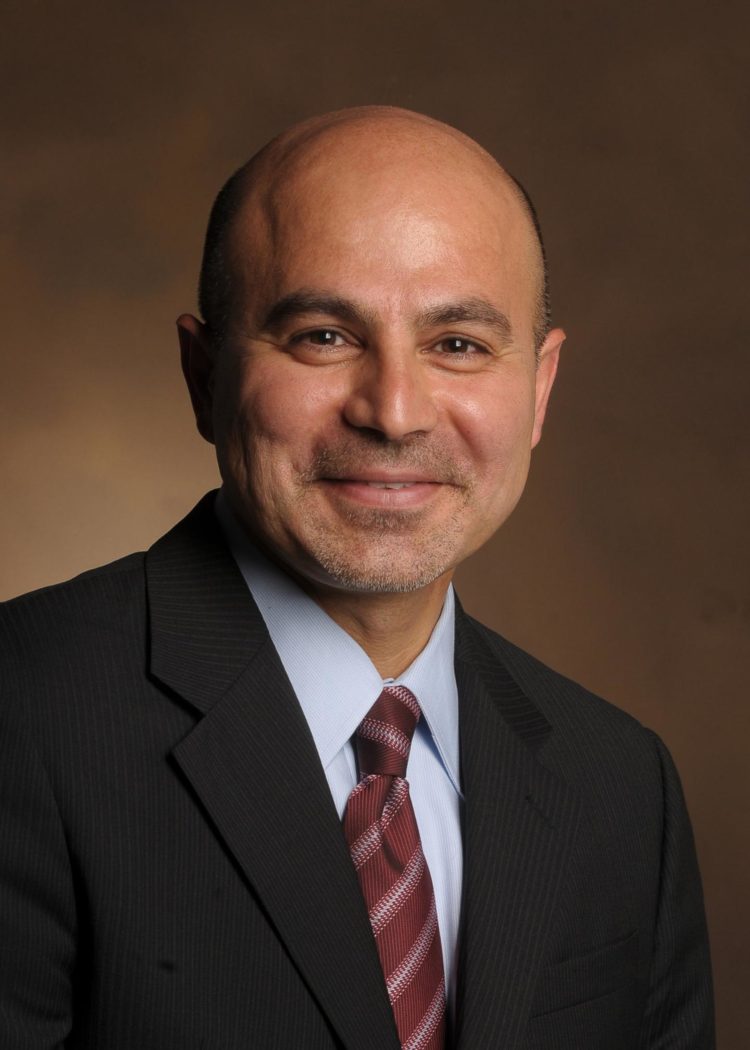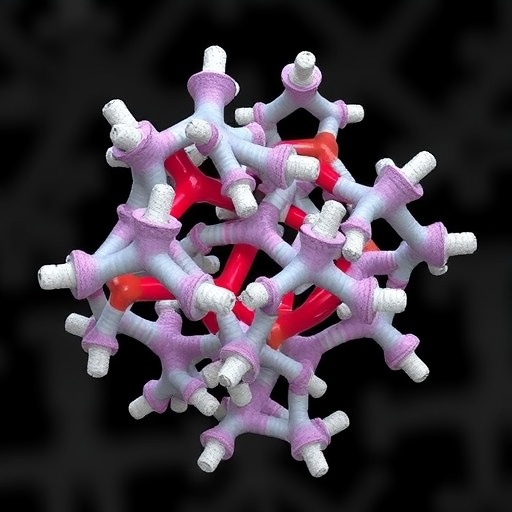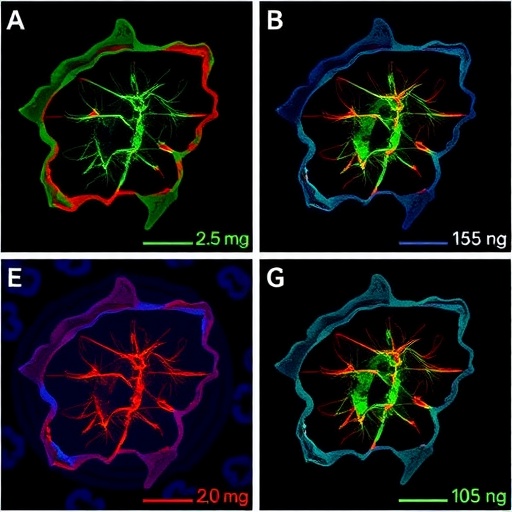
Credit: Vanderbilt University Medical Center
An investigational drug that binds bile acids in the stomach can reduce the severity of heartburn symptoms in patients with treatment-resistant gastroesophageal reflux disease (GERD) when combined with a proton pump inhibitor (PPI), a new study suggests.
Michael F. Vaezi, MD, PhD, MSc, director of the Center for Swallowing and Esophageal Disorders at Vanderbilt University Medical Center (VUMC), is corresponding author of the report published in the journal Gastroenterology. The study was conducted by Cambridge, Mass.-based Ironwood Pharmaceuticals.
“As a physician, it is very challenging to have nothing new to offer patients for whom standard treatments don’t work,” Vaezi said. “But the reality is many of our patients continue to struggle with frequent heartburn and regurgitation despite taking their PPIs.
“These data provide strong evidence that bile acid plays a key role in refractory GERD and that IW-3718 may have the potential to make a meaningful difference for patients,” he added.
Vaezi is professor of Medicine and clinical director of the Division of Gastroenterology, Hepatology and Nutrition in the Department of Medicine, Vanderbilt University School of Medicine. PPIs such as Prilosec and Nexium reduce the production of stomach acid.
Each week approximately 20% of the adult U.S. population reports GERD-related symptoms, including heartburn and regurgitation. Seven percent experience daily symptoms. Despite once-daily PPI therapy, the “mainstay” treatment for GERD, approximately 30% of patients continue to have symptoms.
IW-3718, which was developed by Ironwood Pharmaceuticals, combines an established drug that binds bile acids in the stomach with a technology that controls the release of drugs in the gastrointestinal tract. Bile acids have been shown to injure the lining of the esophagus as well as stomach and colon.
Fifty-two centers in the United States, including VUMC, participated in the randomized, double-blind study from March 2016 to April 2017. A total of 280 adult patients with refractory GERD were divided into four groups, one which received an inactive placebo and the others ascending doses of IW-3718 twice a day.
Heartburn symptoms were significantly reduced in the group receiving the highest dose, 1,500-milligrams twice daily, compared to the placebo group. Regurgitation symptoms also decreased. The drug was well tolerated. There were no drug-related serious adverse events.
“These results suggest that IW-3718 may provide a therapeutic option for refractory-GERD patients with continued symptoms despite once-daily PPI therapy,” the researchers concluded.
###
Media Contact
Craig Boerner
[email protected]
615-322-4747
Related Journal Article
http://dx.





